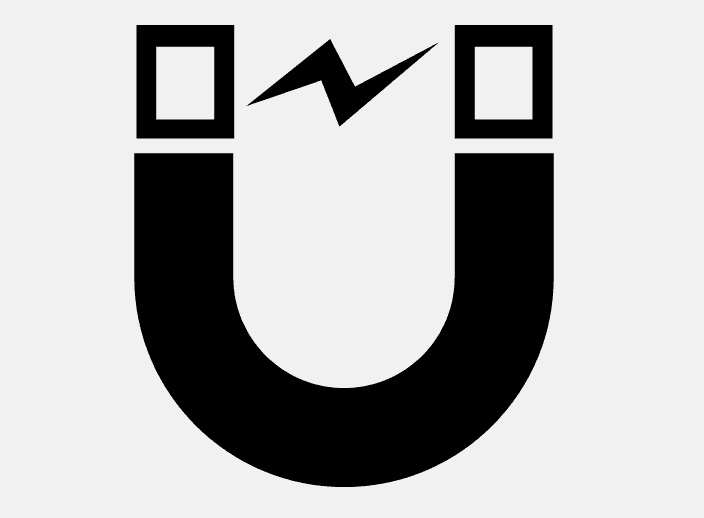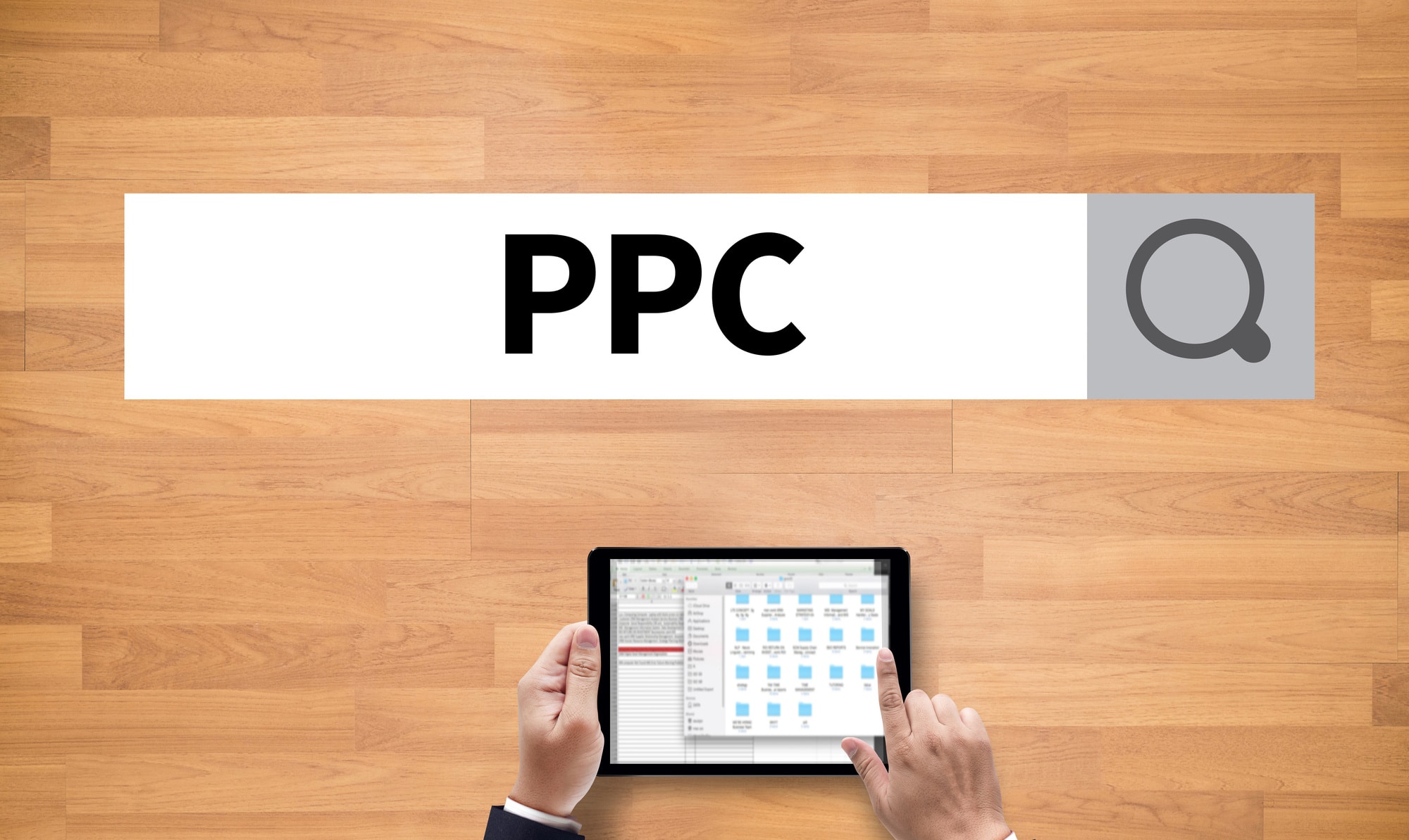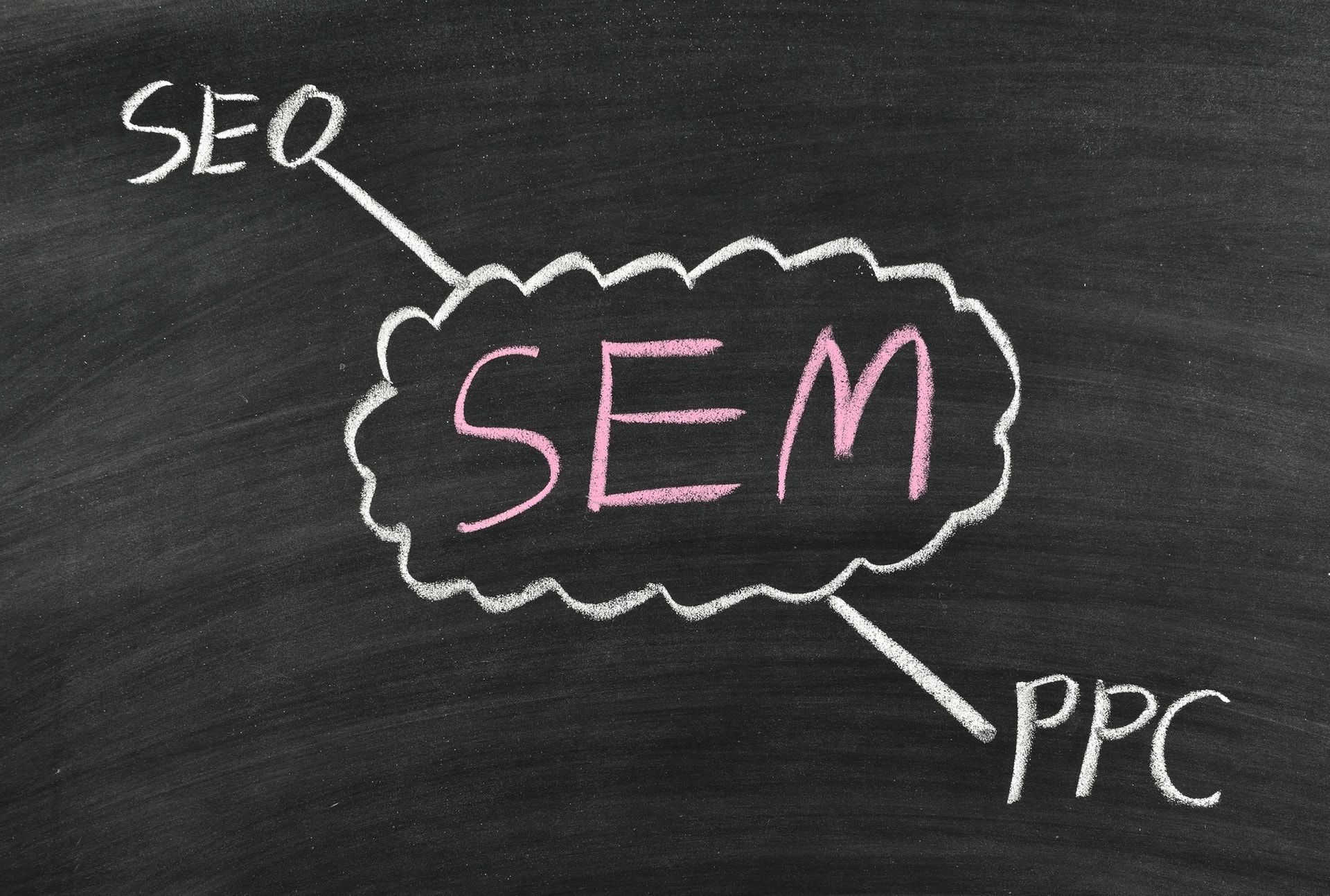Growing a target customer contact list is a top priority for businesses large and small. After all, having a way to reach these potential customers is essential for growth and gives you an edge over the competition.
When it comes to lead magnets, your job is to offer people something of value in return for their contact information. When correctly done, it will attract your ideal customers and help grow your list. However, when not designed using the best practices, it can fall short of your goals.
Here are four mistakes to avoid when creating a lead magnet and how to correct them.
#1: Not choosing the best style.
Many people assume that a lead magnet will need to be a report of some kind. However, there are actually a ton of styles to choose from. You can offer free consultations, guides, tutorials, swipe files, ebooks, coupons, catalogs, and beyond. Have your ideal customer in mind and ask yourself what they would find most beneficial.
#2: Selecting a broad topic.
Even if your business serves a wide range of people, you’ll still want to get specific when choosing a subject for your lead magnet. While a broad topic may bring a lot of traffic, it won’t necessarily bring the people that will convert.
The key to designing a successful lead magnet is to offer a very specific group of individuals a solution to their problem. When doing this, you’ll have a better chance of attracting the right people, and you’ll narrow the search scope thus giving you a better chance of being found.
#3: Too much or too little information.
When it comes to a lead magnet, you want to give people enough information to satisfy them, but not so much it’s overwhelming or hard to sift through. In the same vein, you don’t want to leave them wanting more and feeling that the experience was a waste of time.
Offering a course that lasts twenty-five weeks or an ebook that is ninety pages is a bit overkill. You can get a healthy amount of information across in fifteen to thirty pages.
Too little information is a mistake many businesses make as well. A free five hundred word blog post is not going to get the job done either. While some single page cheat sheets and infographics will grab attention nicely, you should take note that these can often be packed with as much (if not more) information than ten pages of written content.
#4: A cluttered and complicated opt-in.
You want the opt-in to be easy to use and written with copy that will compel people to enter their email or phone number. When you demand too much information before the freebie is given, many people will leave in the middle of the process.
Also, be sure you don’t clutter the message with any distractions such as random images and words. Brevity is key. Remember, at this point you’re just giving people a small taste of what’s inside, and to get the real scoop they’ll need to opt-in.
Contact us for more information











